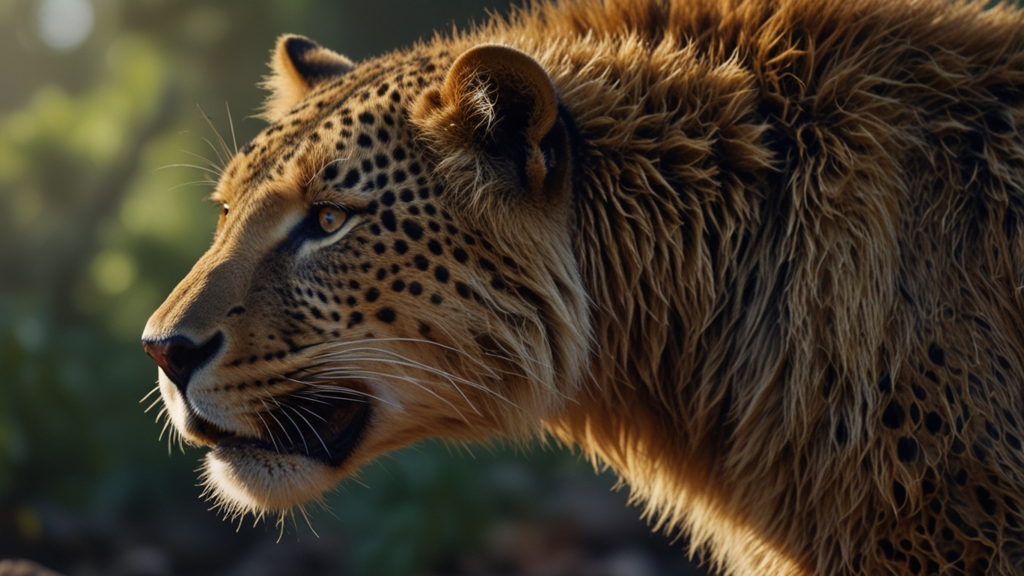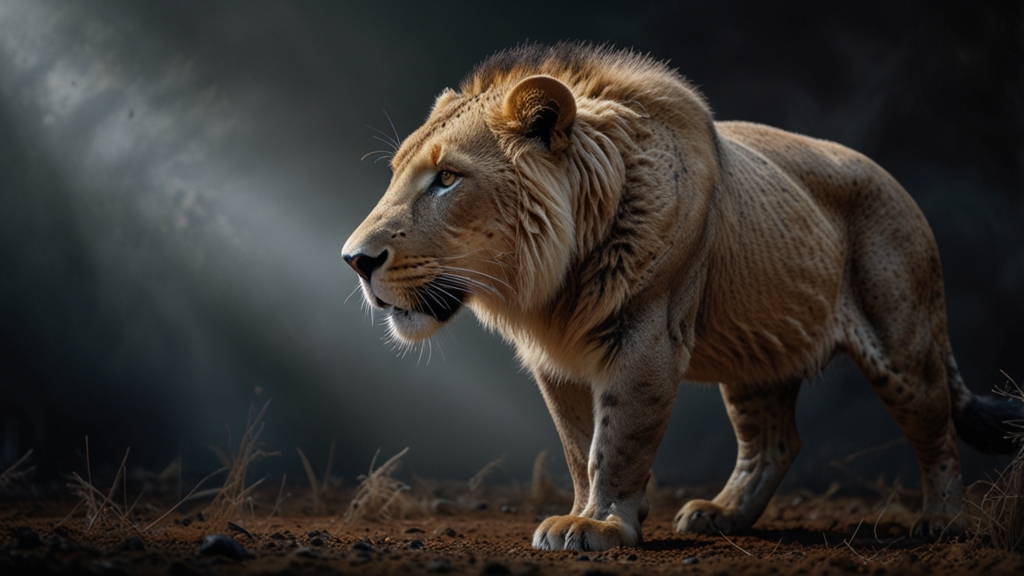Earth's Most Extreme Animal Adaptations to Survive
In the vast tapestry of life on Earth, some animals boast remarkable adaptations that ensure their survival in the planet's most extreme environments. From the frigid poles to the scorching deserts, these creatures have evolved unique features that not only astonish biologists but also challenge our understanding of what life is capable of. Let's delve into the extraordinary adaptations that help these animals thrive against the odds.
1. The Arctic Fox: Master of the Cold
In the unforgiving cold of the Arctic tundra, the Arctic fox (Vulpes lagopus) stands as a testament to adaptability. This small mammal has developed a dense, multi-layered coat that changes color with the seasons — white in the winter to blend with the snow, and brown or gray in the summer to match the tundra's landscape. Their compact bodies, short legs, and snouts minimize heat loss, while their keen hearing helps them locate prey under thick snow.
2. The Sahara Silver Ant: Enduring Scorching Heat
The Sahara Silver Ant (Cataglyphis bombycina) is arguably one of the most heat-resistant creatures on Earth. These ants have evolved to forage during the hottest part of the day when temperatures can soar above 50°C (122°F). Their silvery hairs reflect sunlight, reducing body temperature, while long legs elevate their bodies away from the scorching ground. These adaptations allow them to remain active while predators and competitors are incapacitated by the heat.
"Adaptability is about the powerful difference between adapting to cope and adapting to win."
— Max McKeown
3. Water Bears: Life's Ultimate Survivors
Also known as tardigrades, water bears are microscopic organisms renowned for their resilience. Found in environments ranging from deep ocean trenches to the icy Himalayas, tardigrades can survive extreme conditions that would be lethal to most life forms. They endure desiccation by entering a state called cryptobiosis, in which they lose nearly all their water content, effectively pausing their biological functions. Remarkably, they can withstand high doses of radiation, extreme pressures, and even the vacuums of space.
4. The Kangaroo Rat: Thriving Without Water
The desert-dwelling Kangaroo Rat (Dipodomys spp.) has developed an extraordinary ability to survive with virtually no water. These small rodents obtain moisture entirely from the seeds they eat and produce highly concentrated urine to minimize water loss. They live in burrows with humid microclimates, avoiding the desert's extreme heat and dryness during the day.
5. The Electric Eel: Shocking Adaptation
In the murky waters of the Amazon River, the electric eel (Electrophorus electricus) uses electricity not only for hunting but also as a navigational tool. This incredible fish possesses specialized cells called electrocytes, which generate electrical charges. These charges can be used defensively to deter predators or offensively to immobilize prey. Additionally, electric eels produce weak electric fields to "see" in their dark, turbid environment.
"It is not the strongest or the most intelligent who will survive but those who can best manage change."
— Charles Darwin
6. The Wood Frog: Freezing to Survive
The wood frog (Rana sylvatica) boasts one of nature's most fascinating survival strategies. Inhabiting the boreal forests of North America, these amphibians can survive being frozen solid. As temperatures drop, wood frogs produce glucose that acts as a natural antifreeze within their cells, preventing ice formation. Their hearts stop beating, and they cease breathing, entering a state of suspended animation until they thaw in the spring and return to life.
Conclusion
The natural world is brimming with examples of incredible adaptations that enable life to flourish in even the harshest conditions. These resilient creatures, from the tiny tardigrade to the frosty wood frog, demonstrate the boundless ingenuity of evolution. As we continue to explore and understand these unparalleled survival strategies, we gain a deeper appreciation for the complexity and resilience of life on Earth.







